6 Tips to Help Control Raynaud’s Phenomenon Flares
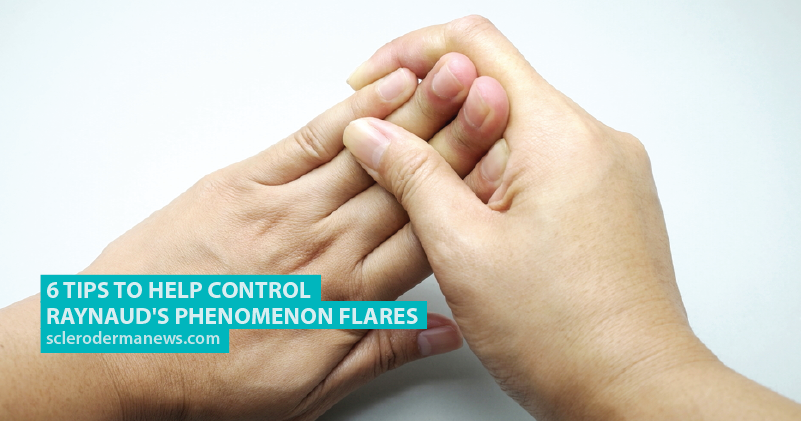
For scleroderma patients, Raynaud’s phenomenon symptoms are much more apparent in the winter when the brutal cold takes its toll. However, there are ways to manage the condition that can help sufferers quickly recover from a flare and get the circulation flowing again.
We’ve put together a list of six tips to help manage Raynaud’s phenomenon flares based on information from the Sjogren Syndrome Foundation.

Warm Water
When you come in from the cold, one of the quickest ways to bring your hands (and feet) back to their normal state is to run them under some lukewarm water or soak them in warm water until the color comes back.
Read Nicola’s latest article about how the seasonal changes impact Raynaud’s.
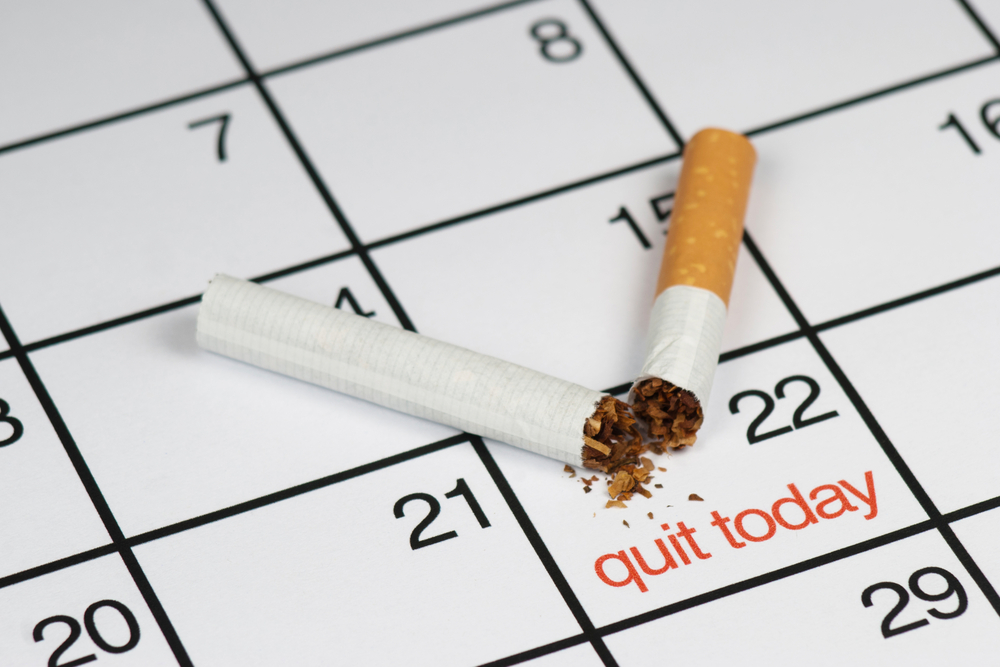
Quit Smoking
Smoking restricts blood vessels (among many other things) so it’ll compound your Raynaud’s phenomenon symptoms.
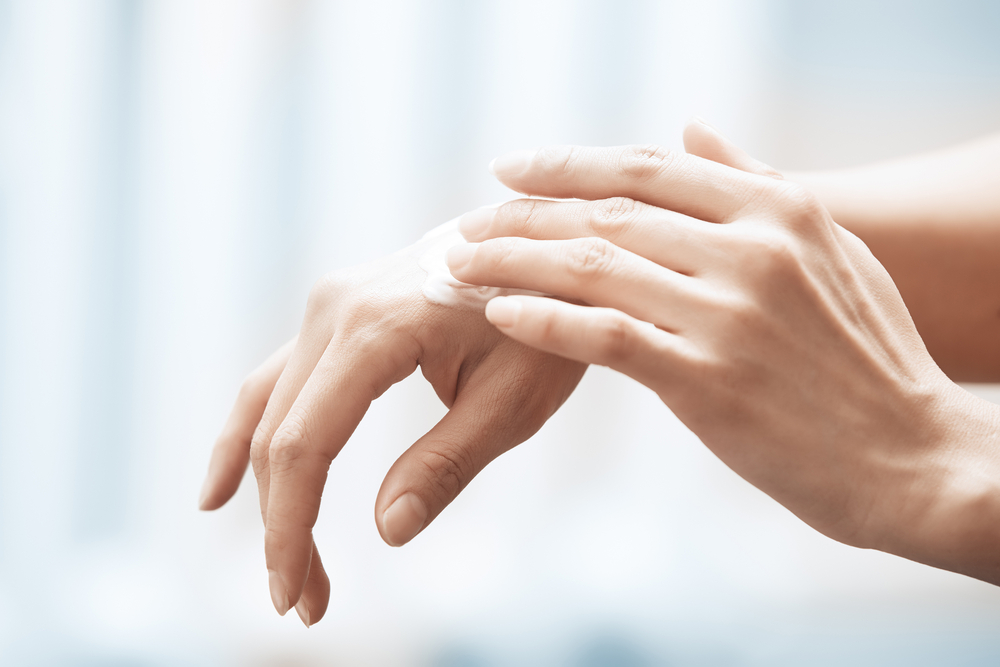
Moisturize
The change between hot and cold temperatures will wreak havoc on your skin and dry it out quite quickly. Invest in some quality hand cream and apply frequently throughout the day. A foot cream can be liberally applied to the feet first thing in the morning and before bed.
Here are seven facts you should know about Raynaud’s.
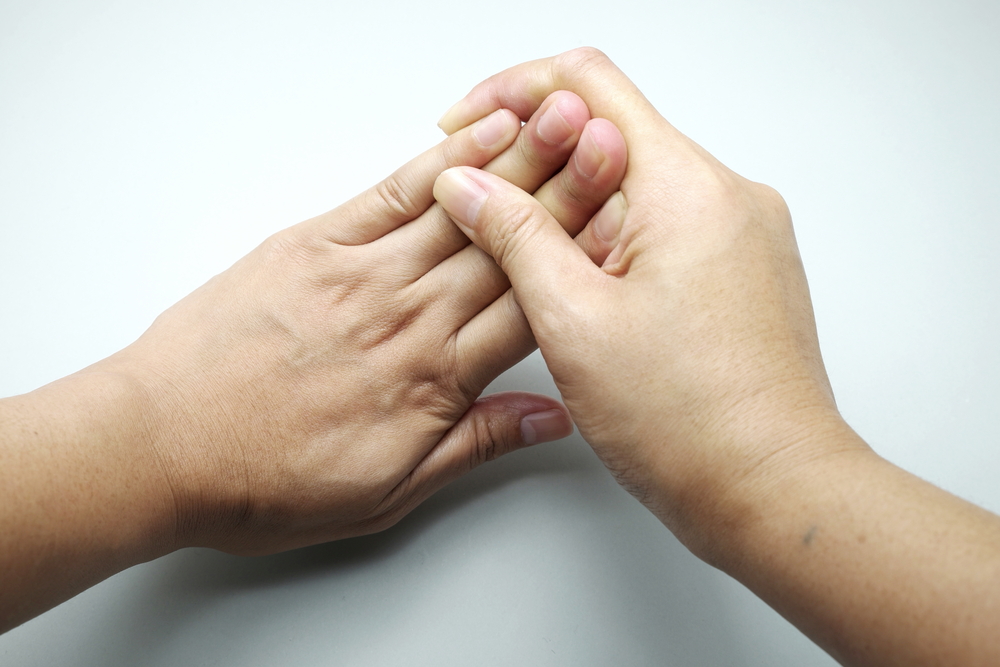
Increase Blood Circulation
When you start to feel the temperature dropping in your hands and feet, wriggle your fingers and toes, stamp your feet, or put your hands somewhere on your body to warm them up, like in your back pockets or under your armpits.
Discover seven common misconceptions about scleroderma.
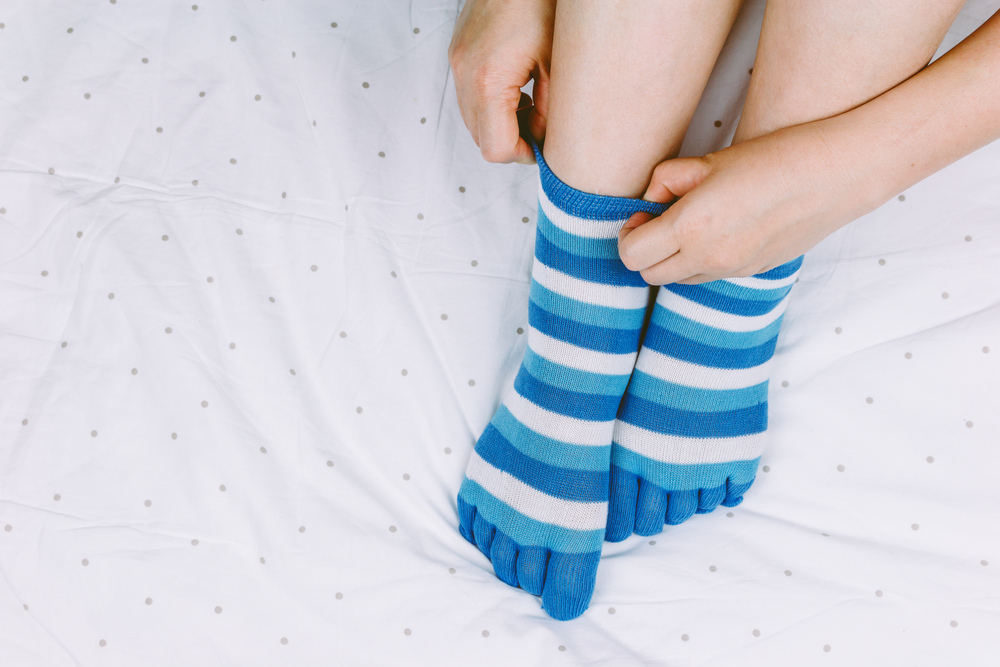
Bundle Up
Extra socks, warm boots, fleecy gloves, and heated hand warmers are good ways to stop the cold from penetrating and will help ward off Raynaud’s flares. Ask other people to take things out of the freezer for you, or wear gloves when doing so.
Read our seven tips for new caregivers for scleroderma patients.

Review Your Medication
Certain medications such as beta-blockers can make the symptoms of Raynaud’s worse and there are medications that your doctor can prescribe to help ease the symptoms such as calcium channel blockers.
Find out more about scleroderma, from diagnosis to symptoms.
Scleroderma News is strictly a news and information website about the disease. It does not provide medical advice, diagnosis or treatment. This content is not intended to be a substitute for professional medical advice, diagnosis, or treatment. Always seek the advice of your physician or another qualified health provider with any questions you may have regarding a medical condition. Never disregard professional medical advice or delay in seeking it because of something you have read on this website.






